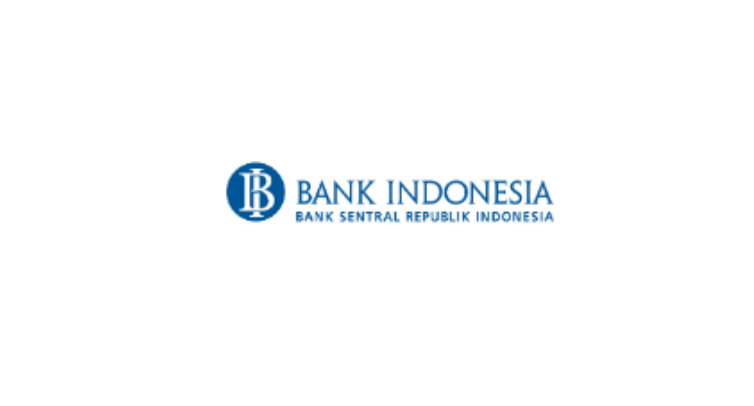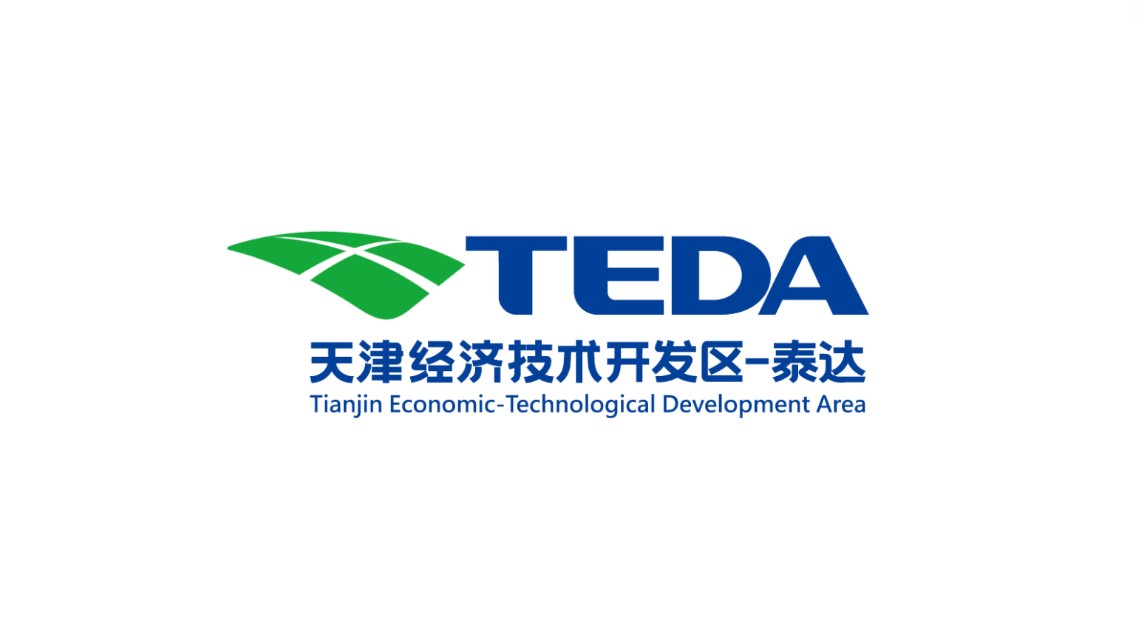IPO system reaches big milestone
The highly anticipated market-wide implementation of the registration-based IPO mechanism got off to a sound start on Monday as the first 10 main board companies to list under this mechanism started trading.
Of the 10 companies that debuted on Monday, five are listed on the main board of the Shanghai Stock Exchange while the rest trade on the Shenzhen bourse.
Data from market tracker Wind Info showed total financing received by the 10 companies through their IPOs exceeded 21.2 billion yuan ($3.1 billion).
The adoption of the new IPO system across the entire A-share market is a significant milestone, and is expected to facilitate the high-quality development of the Chinese capital market, said experts.
Under the new mechanism, no price fluctuation limit is set for the first five trading days. The 10 debutant companies reported an average price spike of 96.5 percent on Monday, with electronic component maker Shenzhen CECport Technologies reporting the biggest daily price surge of 221.55 percent.
The benchmark Shanghai Composite Index and Shenzhen Component Index shed 0.37 percent and 0.8 percent, respectively, on Monday.
During the listing ceremony held simultaneously in Beijing, Shanghai and Shenzhen, Guangdong province on Monday, Yi Huiman, chairman of the China Securities Regulatory Commission, the country's top securities watchdog, said the registration-based IPO mechanism, which underlines information disclosure, has stood the test of the market, facilitating progress in trading and delisting.
The mechanism has already helped the capital market better serve the real economy and promoted technological innovation. The structure and ecosystem of the Chinese capital market have thus experienced profound changes, significantly enhancing market vitality and resilience, he said.
The registration-based IPO mechanism was first launched on the STAR Market of the Shanghai bourse in July 2019. This move is projected to nurture "hard technology" companies specializing in biomedicine, artificial intelligence or chipmaking.
In August 2020, the mechanism was introduced on ChiNext in Shenzhen where a large number of companies that combine traditional industries with state-of-the-art technologies and business models are traded.
Next, in November 2021, the Beijing Stock Exchange, which was launched to nurture technologically advanced small and medium-sized enterprises, implemented the mechanism right from its inception.
Under the registration-based IPO mechanism, profitability requirements for companies seeking to list are relaxed. Companies with dual-class ownership are allowed to list.
The 10 companies that debuted on Monday had a combined sales revenue of over 193.5 billion yuan in 2022, up nearly 10 percent from a year earlier, while their total net income spiked 81 percent year-on-year to 6.6 billion yuan.
The compound annual growth rate of sales revenue for the 10 companies came in at more than 27 percent over the past three years (2020-22), while that of net income was as high as nearly 51 percent, according to Wind Info.
The 10 companies are mainly from industries like engineering equipment, retail, basic chemical products, construction, electronics, medicine and energy.
Chen Li, chief economist of Chuancai Securities, said the 10 companies are industry leaders with positive growth outlooks. This is in line with the characteristics of the A-share main board, which mainly accommodates large-cap blue-chip companies, he said.
Analysts from China International Capital Corp Ltd said market-wide implementation of the registration-based IPO mechanism will further facilitate the high-quality development of the Chinese capital market.
As the mechanism is based on information disclosure, market forces will come to wield more decisive power from now on. With the normalized delisting mechanism, underperforming companies will get weeded out in due course and the environment of the overall capital market will be optimized in general, they said.






















































First, please LoginComment After ~